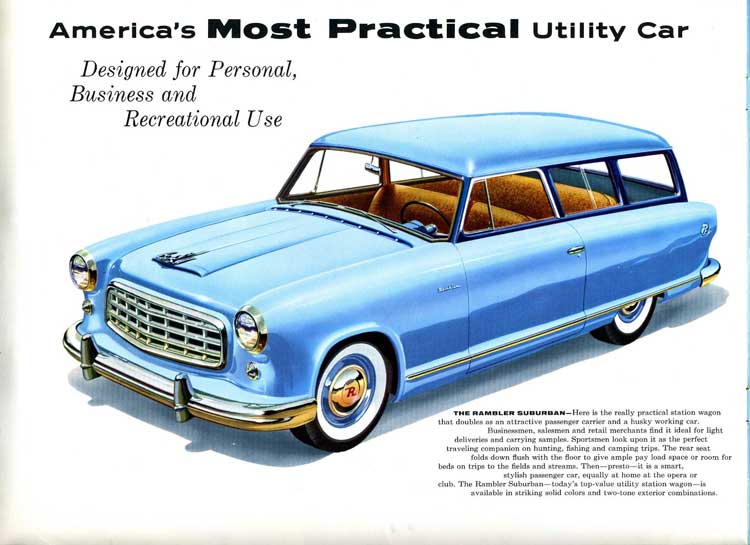
I’m just kidding about the request, but I’d never seen this before and thought it was worth sharing. It’s a frame capture from an ATSF film titled “Assembling a Freight Train” (http://www.kansasmemory.org/item/227462). The film was produced in the 50’s and is worth watching if you’re interested in that era of US railroading. If you work for OSHA or are in a management position for a railroad you should probably have a medical team standing by when you view it because you’ll probably go into cardiac arrest at some point given (by today’s standards) the numerous safety violations.




